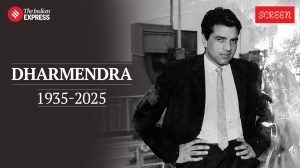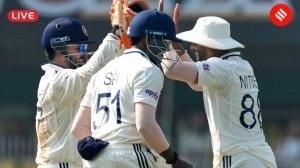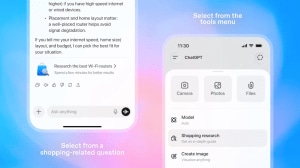Click here to follow Screen Digital on YouTube and stay updated with the latest from the world of cinema.
The Sound Riddles: Has digital killed authentic sound?
Considering that technology shepherds both the listener as well as the creator, what form of “recording consciousness” do people have in the digital age?
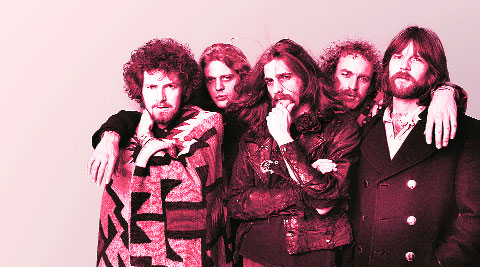 The Eagles
The Eagles
By Mukul Menon
In On Becoming a Rock Musician, sociologist HS Benneth postulates that we develop a “recording consciousness” by internalising sound or music by listening to records. The sounds from the records become the auditory platform from which we then perceive all music. Prior to recording technology, the internal mechanism that listeners possessed came solely from live music. “Recording consciousness”, he claims, makes us filter out everything that our sonic template doesn’t recognise, whereby even live music is experienced as a reproduction of a recording instead of the opposite — viz the recording being a recreation of live music. How often do we judge performances based on how it sounded “on the album”?
Music itself has always morphed into whatever format adheres to prevailing technology. For instance, during the early wax-cylinder recording era, bass and drum sounds posed a problem of making wider, deeper grooves which made the needles jump and skip playback. Hence, in all the early jazz records, drummers were forced to play light-handedly which then developed into a style, becoming a popular practice for the unsuspecting, record-listening world.
Considering that technology shepherds both the listener as well as the creator, what form of “recording consciousness” do people have in the digital age? Do analog connoisseurs have a point in claiming that something’s missing?
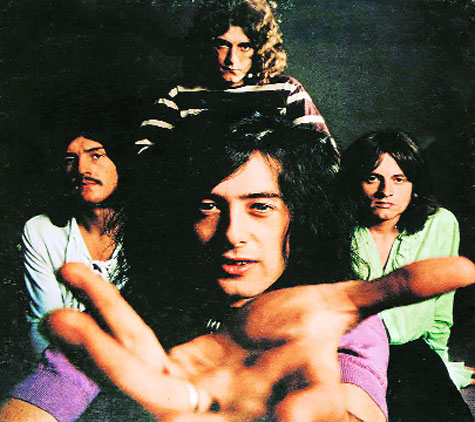 Led Zeppelin
Led Zeppelin
The recent wave of successful “retro retooling” — sold-out shows of regrouped bands like Led Zeppelin, The Stone Roses, The Eagles — is suggestive of a considerable demographic all over the world that is at least partially alienated by the existing soundscape. Some musicians have also acted upon this elusive problem. Jack White, of The White Stripes, a great believer in “technology being a big destroyer of truth”, went on to build his own analog recording studio. His debut solo record Blunderbuss was the first album to reach the top of the UK and US charts in more than 20 years that had been completely recorded on an 8-track analogue tape. Generally, however, most cases against digital technology seem to be as intangible as the issue itself. Certain new artists, in the name of “authenticity”, have even achieved the literal opposite of a clean digitally-produced sound: the historically-dreaded hiss and crackle.
This confusion in search for optimal sound is, perhaps, augmented by the outreach of recording software like ProTools and Logic that have affected composition itself. Quantising, composing and recording on a grid (arrays to regularise tempo) has become the modus operandi for production for the resultant ease in editing capabilities. But this form of facile perfection and excessive editing could be the soul killer in the mix. David Byrne, ex-frontman of Talking Heads, describes recording live instruments in his book How Music Works — “I sense that music breathes a little more as a result of me always not bending to what the software makes easiest.”
Certain kinds of music have benefitted considerably from the digital age, while others have allegedly lost some soul. Byrne describes the genres that excel with the ubiquitous digital sound “…Most other pop genres retain some link to simulated live performance, or at least to the instruments used in one, but a song put together with finger snaps, super compressed or auto-tuned vocals, squiggly synths, and an impossibly fat and unidentifiable bass sound doesn’t resemble any live band at all. This music floats free of all worldly reference”.
Jamming, composing, recording and performing formats are well-synchronised for artists dependent on digital technology without any of the finer aspects of their musicianship being compromised. But “traditional” ensembles seem to experience some trouble juggling the formats. There are no edits or grids in jamming sessions and shows, making the transition from mechanical to digital media imperfect when they sit down at the recording studio. The problem appears to be the adoption of a recording process that works best for electronic music but fails to capture the intricacies of live instruments.
Perhaps, the element most critical to modern recording consciousness will be the future of live music. The live act with visual cues could be crucial to internalising sound and its origins. But in India (a nascent alternate music industry and a burgeoning hub for EDM), “conventional” bands of all kinds are losing their playing spots at live venues since organisers find it easier to host DJs instead of live bands. And the “private” DJ imparts almost no information on the origin of the music being created. It is then easy to imagine a future generation with a sonic template that is completely free of all “worldly references”.
Mukul Menon is an urban planner, writer and musician






- 01
- 02
- 03
- 04
- 05















